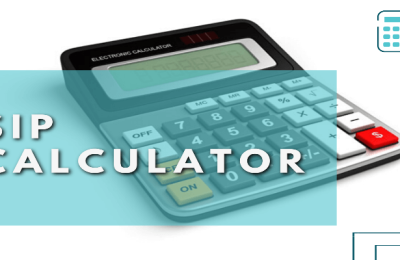High Ratio – with new relaxed banking rules, it’s now easy to put less than 5% lower payment perfectly into a apartment purchase. If adding under 20% lower payment (or equity) for any purchase or refinance, this mortgage will need special mortgage risk insurance with Canada Mortgage and Housing Corporation (CMHC) or among the other insurance firms (ex. Genworth or AIG).
Conventional – with respect to the loan provider, it’s potentially easy to finance accommodations as much as 80% Ltv (LTV), without resorting to High Ratio (ex. CMHC) insurance. Obviously, this could require 20% lower payment out of your own sources typically. Some lenders still only lend 65% to 75% on the conventional rental mortgage, requiring 25% to 35% lower payment.
Second Mortgage – another mortgage that may be financed in second position towards the above first Conventional mortgage. This kind of mortgage is generally from private or smaller sized loan provider sources. Such lenders will potentially advance as much as 75% to 80% LTV (with a few Vendor Get Back sources rising to 90%, see below).
Vendor Get Back (VTB) – could be by means of a first or second mortgage, in which the seller lends part (or all) of the equity towards the buyer. Sellers happen to be know to increase as much as 90% LTV. You need to note, that just a select couple of first mortgage brokers allows a second mortgage in behind their first mortgage in the purchase stage. If your second mortgage is permitted, it always is restricted to 85% to 90% LTV.
Fixed Interest Rate Mortgage – includes a fixed interest rate along with a fixed payment for any specified period of time (known as the word). Terms vary from 6 several weeks up to 18 years in Canada. Generally, the more the word the greater the speed in return for the privilege of knowing precisely what your rate and payment is going to be for several years (stability). If your rentals are offered and the other is purchased pretty much simultaneously, a fixed interest rate mortgage could be potentially ported (moved) towards the new purchase. Otherwise, if your rentals are offered prior to the term on the fixed interest rate mortgage expires, then an earlier payout penalty may apply. Fixed interest rate mortgages could be Closed or open.
Variable Rate Mortgage – includes a floating rate and only a set or floating payment (depends upon the loan provider) for any specified term (frequently five years). The floating rates are associated with the best Lending Rate from the major banks (that is associated with the prospective rate from the Bank of Canada). Previously, we view variable spreads as little as Prime less 1.00%. Throughout the worldwide credit crisis of 2008/2009, we had rates up to Prime plus 2.00% (yet prime am low, the particular rate was still being attractive). Variable terms are often 3 or five years. Variable rate mortgages could be Closed or open.
Home Equity Credit line (HELOC) – a floating rate loan that frequently may have a greater rate than the usual variable mortgage, but provides the versatility of having to pay off an account balance without penalty after which re-evolving funds again later as needed. You can use it similar to a charge card, however with much greater lending limits and far lower rates of interest (because the loan is guaranteed by real estate). Minute rates are again usually associated with prime.
Open Mortgage – frequently wrongly identified as the variable rate mortgage, this describes a home loan in which the customer has the capacity to partly or fully payout the mortgage without incurring an earlier payment penalty. Minute rates are frequently much greater to have an “open” feature, so unless of course the aim would be to finance and possess a property for any temporary (typically annually or fewer), a wide open mortgage is definitely an costly option. From time to time, on the marketing basis, lenders are providing Open Rates which are as attractive as Closed Rates (offering the very best of all possible worlds: an excellent rate and good versatility). Open mortgages could be Fixed or Variable.
Closed Mortgage – a customer partcipates in dedication having a loan provider for any certain period of time. In return for this commitment, the loan provider is generally able to provide a a lot more attractive rate. As pointed out, fixed terms could be 6 several weeks to 18 many variable terms are often 3 or five years. If your closed mortgage is compensated in full prior to the terms expires, then an earlier payment penalty may apply. Many closed mortgages allow partial early payments (typically 15% or perhaps your original mortgage balance) every year without penalty.
Collateral Mortgage or Loan – they are becoming a lot more well-liked by lenders and therefore are legally quite different from regular mortgages. HELOC’s for instance, are a kind of a Collateral Mortgage. A collateral mortgage can be obtained like a fixed or variable rate and could seem like “regular” mortgage. Basically they’re unsecured loans guaranteed by real estate. Borrowers may like them because of their versatility (the potential of re-evolving funds lower the street) and lenders like them since borrowers are more inclined to stay committed (because they are not easily transferred to a different loan provider later on) and they’re not assumable to new borrowers. We’ll cover a lot more on these creative products later. Types of loan provider names of these goods are The Matrix, STEP, All-in-One or just HELOC.










